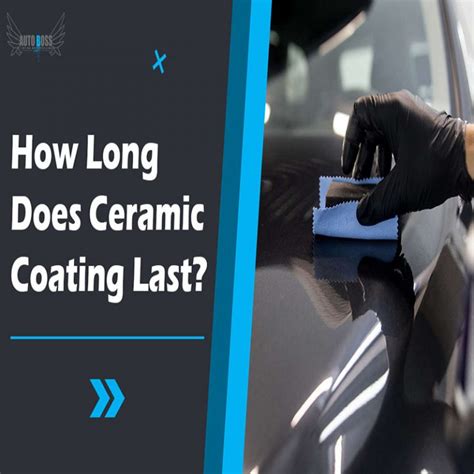Ceramic Coating: How Long Before It's REALLY Protected?
Ceramic coatings offer incredible protection for your car's paint, promising a shield against scratches, UV damage, and environmental contaminants. But how long does it take before this protection truly kicks in? The answer isn't a simple number of days or weeks; it's more nuanced than that. This article will delve into the curing process, the factors affecting protection time, and what you can expect from your ceramic coating investment.
What is the Ceramic Coating Curing Process?
The "curing" period is crucial. This isn't simply the coating drying; it's a chemical process where the coating fully hardens and bonds with your car's paint. This bonding process creates the durable, protective layer you're paying for. The length of the curing process varies greatly depending on several factors, including the specific type of coating, environmental conditions (temperature and humidity), and the application method.
Generally, manufacturers recommend a certain "touch-free" period after application, often ranging from a few days to a couple of weeks. During this time, avoid washing, waxing, or subjecting the vehicle to harsh conditions. However, true "full cure" often takes significantly longer – sometimes several weeks, or even months, to achieve maximum hardness and chemical resistance.
How Long Until My Car is REALLY Protected?
This is the million-dollar question. While the initial touch-free period ensures the coating adheres properly, reaching its peak protection level can take much longer. Think of it like this: the initial days are like building the foundation of a house; the following weeks and months are like completing the walls, roof, and finishing touches. The initial protection is there, but the full strength and resilience develop gradually.
Many coatings will offer a significant degree of protection within a few weeks. However, the complete cross-linking and polymerization of the ceramic molecules, leading to maximum durability and hydrophobic properties, typically require several weeks or even months.
What Factors Affect Curing Time?
Several external factors significantly impact curing time:
- Temperature: Warmer temperatures generally speed up the curing process. Conversely, cold temperatures can slow it down considerably.
- Humidity: High humidity can hinder the curing process, potentially leading to a longer curing time and slightly reduced durability.
- UV Exposure: While UV exposure is eventually beneficial for the curing process (UV light can aid in crosslinking), excessive, direct, intense UV radiation in the early stages might negatively affect the bonding. Moderate sunlight is ideal.
- Coating Type: Different ceramic coatings have different curing times and varying levels of initial protection. Always follow the manufacturer's instructions.
How Can I Maximize Protection After Applying the Coating?
Even after the curing process is complete, proper car care is crucial to maintain the longevity and effectiveness of your ceramic coating:
- Regular Washing: Use a dedicated car wash soap designed for ceramic-coated vehicles to prevent stripping the protective layer.
- Avoid Abrasive Cleaners: Stay away from harsh chemicals and abrasive materials that could scratch the coating.
- Proper Drying: Use a microfiber drying towel to prevent water spots.
- Maintenance Detailing: Consider professional maintenance detailing every 6-12 months to help prolong the life and performance of your coating.
Does a Ceramic Coating Require a Specific Drying Time?
Yes, manufacturers will provide specific drying time recommendations for their ceramic coatings. This usually falls in the range of hours after application. While drying is a physical process of the solvent evaporating, it is crucial to also consider the longer chemical curing process that follows.
How Long Does a Ceramic Coating Last?
The longevity of a ceramic coating depends heavily on the quality of the product, the application process, and how well you maintain your car. While some claim to last for years, most reputable brands estimate a lifespan of 2-5 years, depending on these factors.
Conclusion: Patience and Proper Care are Key
Ceramic coating is an investment that delivers long-term protection. While you'll see some level of protection shortly after application, remember that the full benefits take time to develop. Following the manufacturer's instructions, understanding the factors influencing curing, and practicing diligent car care are essential for maximizing the lifespan and effectiveness of your ceramic coating. Patience and care will reward you with a beautifully protected and brilliantly shiny vehicle for years to come.

